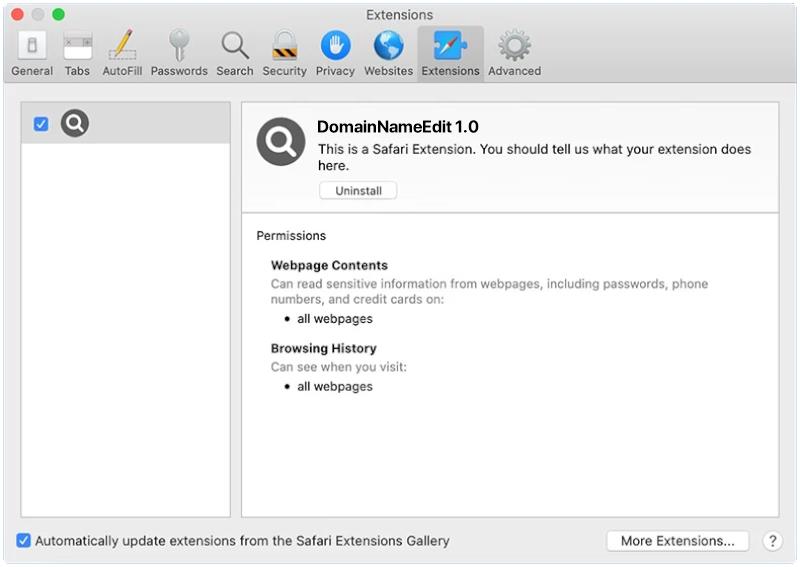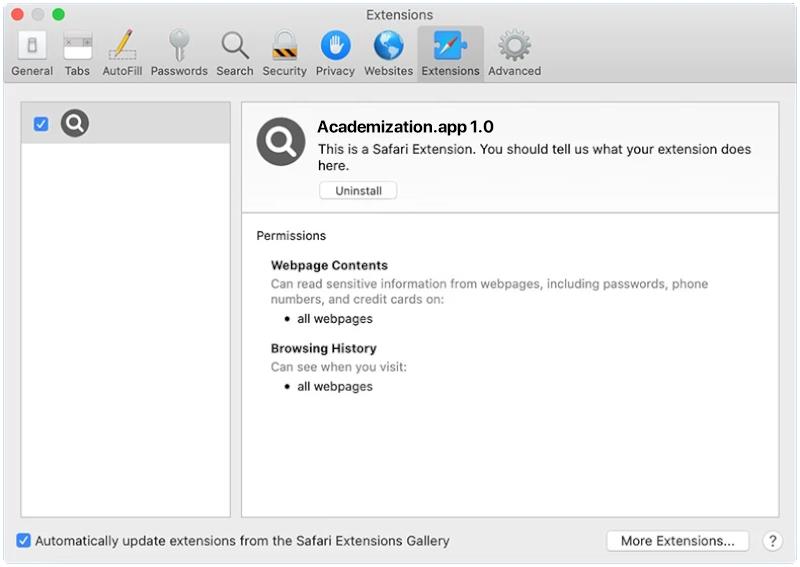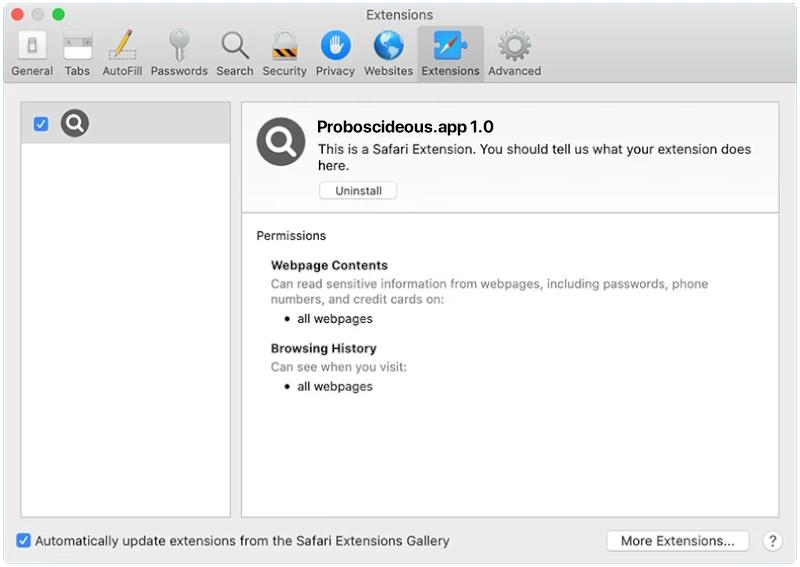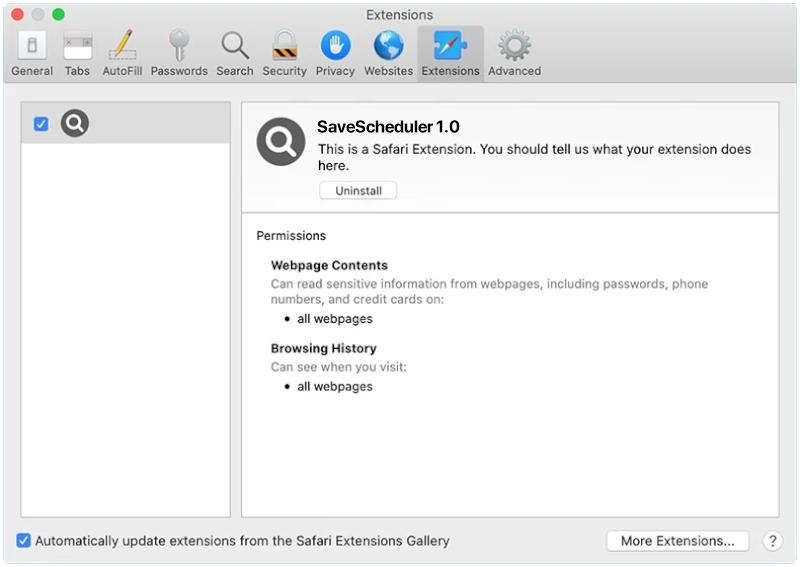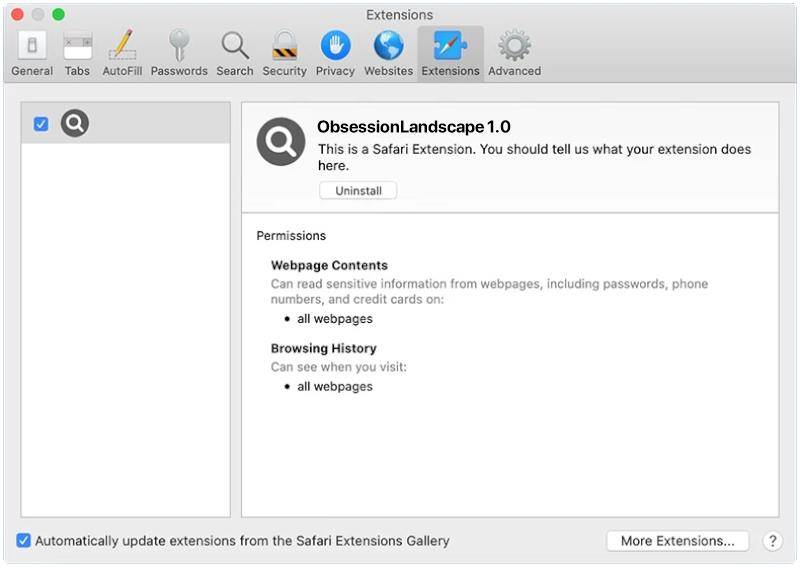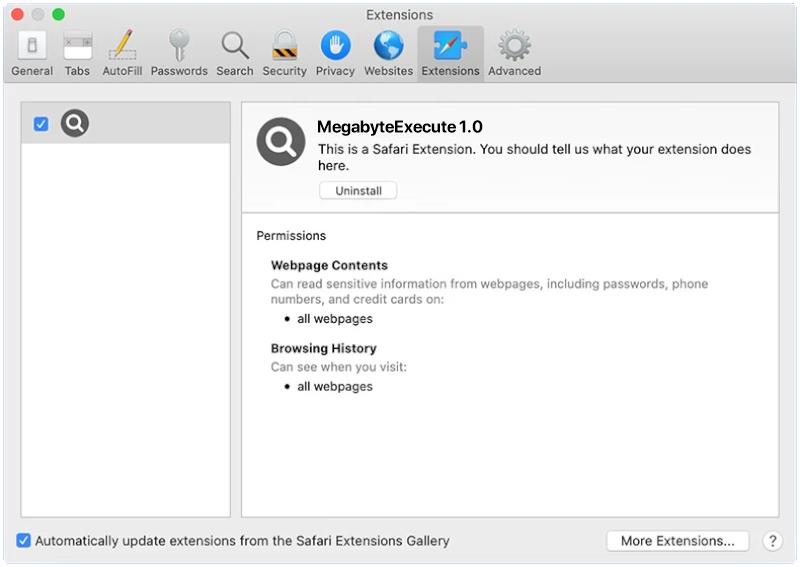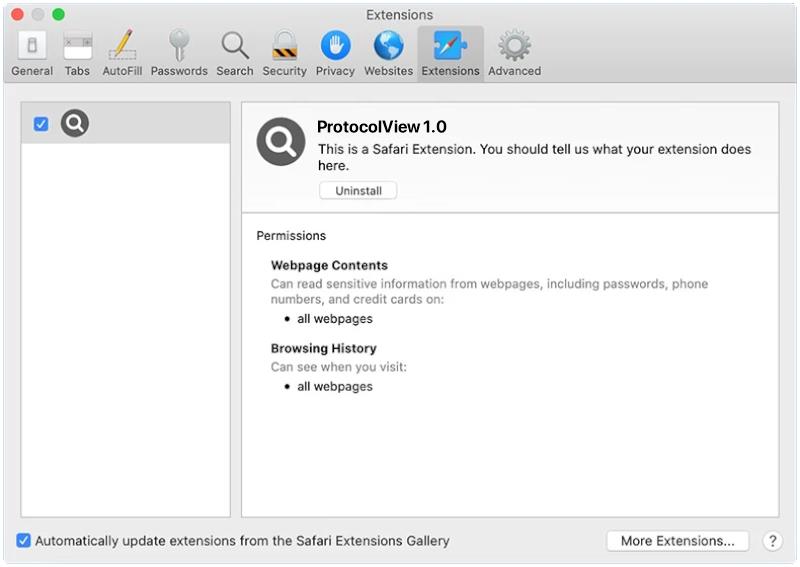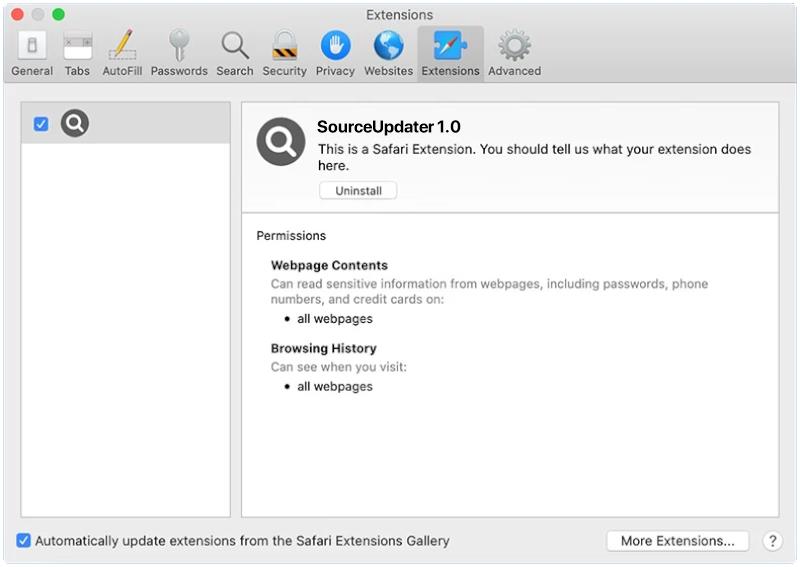DomainNameEdit is a type of malware that specifically targets macOS systems. This malware is designed to infect a user’s device and manipulate the Domain Name System (DNS) settings. By doing so, DomainNameEdit can redirect a user’s internet traffic to malicious websites and potentially steal sensitive information such as login credentials and financial data.
DomainNameEdit typically infects macOS systems through malicious websites, email attachments, or software downloads. Once installed on a device, the malware can modify the DNS settings to redirect users to fake websites that resemble legitimate ones, such as banking or shopping websites. Users may unknowingly enter their login information on these fake websites, allowing cybercriminals to capture their sensitive data. To protect against DomainNameEdit and other malware, it is important for users to regularly update their operating system, use reputable antivirus software, and exercise caution when clicking on links or downloading files from unknown sources.

